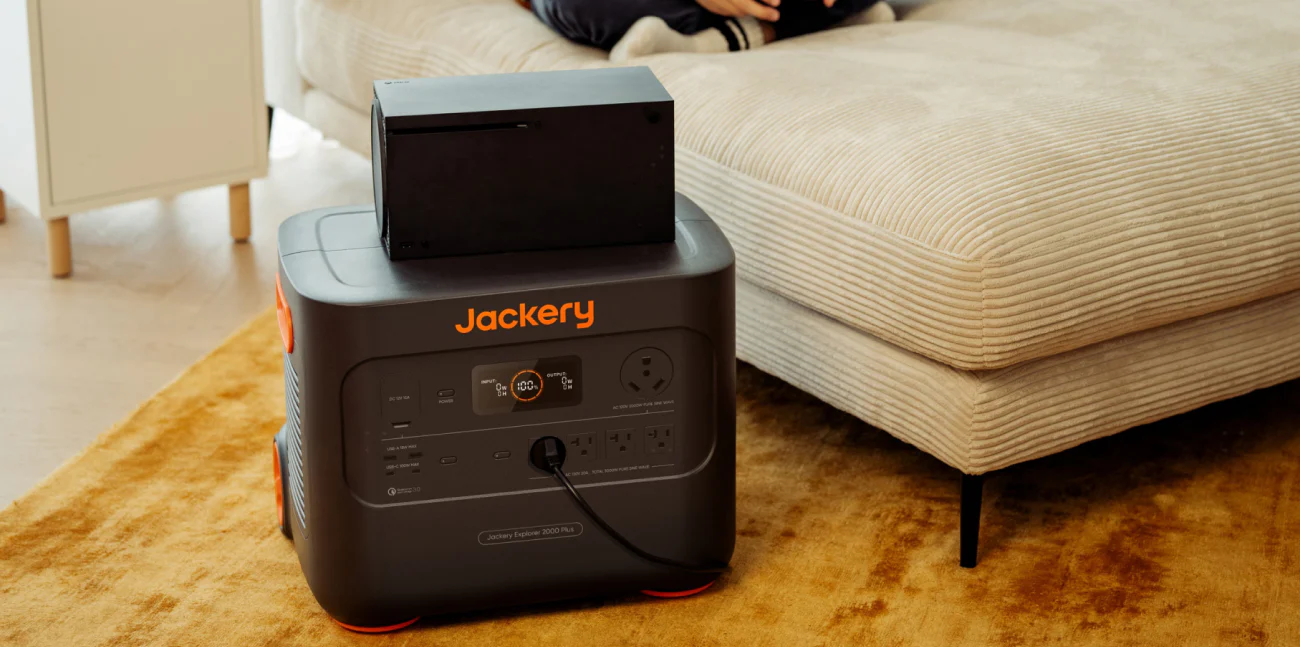The Kia Telluride, a midsize SUV that has garnered praise for its spacious interior, robust features, and stylish design, has also experienced its fair share of engine-related issues. While many owners enjoy the reliability of this family-friendly vehicle, some have reported challenges with the engine that warrant attention and discussion.
Common Telluride Engine Problems:
- Engine Stalling: One of the reported issues with the Telluride involves occasional engine stalling. Some drivers have experienced unexpected shutdowns while driving, leading to safety concerns and a need for immediate attention. Stalling can occur for various reasons, ranging from fuel delivery problems to issues with the ignition system.
- Check Engine Light Illumination: Another common concern among Telluride owners is the illumination of the check engine light. This warning light can indicate a myriad of potential issues, from minor sensor malfunctions to more serious problems with the engine components. Diagnosing the specific cause of the check engine light can be crucial in addressing the problem effectively.
- Transmission Issues: While not exclusive to the engine, transmission issues have also been reported by some Telluride owners. These problems can manifest as rough shifting, hesitation, or slipping gears, affecting the overall performance and driving experience. The interaction between the engine and transmission is vital for smooth operation, making transmission issues noteworthy.
- Oil Leaks: Telluride owners have voiced concerns about oil leaks, with some reporting visible spots in driveways or parking spaces. Oil leaks can stem from various sources, including faulty gaskets or seals. Addressing oil leaks promptly is essential to prevent potential engine damage and ensure the vehicle’s longevity.
- Noise and Vibration: Unusual noises or vibrations emanating from the engine bay are additional problems reported by some Telluride drivers. These symptoms can be indicative of issues such as worn-out engine mounts, misaligned components, or internal engine problems. Identifying and resolving these concerns early can prevent further damage and maintain a quiet, smooth driving experience.
Potential Causes:
- Manufacturing Defects: Some engine-related problems may stem from manufacturing defects, including subpar components or assembly errors. While Kia has implemented stringent quality control measures, occasional defects may still slip through the cracks, leading to issues for certain vehicle batches.
- Maintenance Neglect: In some cases, engine problems can be attributed to inadequate maintenance practices. Irregular oil changes, neglecting scheduled services, and using substandard fuel can contribute to premature wear and tear, compromising the engine’s performance and reliability.
- Software Glitches: Modern vehicles, including the Telluride, rely heavily on advanced electronic systems and software. Issues with the engine control unit (ECU) or other software components can lead to malfunctions, affecting various aspects of engine performance. Regular software updates may address these concerns.
- Driving Conditions: The driving environment can also play a role in engine issues. Stop-and-go traffic, extreme temperatures, and consistently challenging driving conditions can place additional stress on the engine, potentially leading to problems over time.
Solutions and Maintenance Tips:
- Regular Maintenance: Following the manufacturer’s recommended maintenance schedule is crucial for preventing and addressing engine problems. Regular oil changes, air filter replacements, and scheduled inspections can help maintain optimal engine health.
- Addressing Recalls and Technical Service Bulletins (TSBs): Kia, like any automaker, issues recalls and TSBs to address known issues. Owners should stay informed about these and take their vehicles to authorized dealerships for necessary repairs or updates.
- Diagnostic Tools and Professional Inspection: When engine issues arise, it’s essential to use diagnostic tools to pinpoint the root cause accurately. Seeking professional inspection and repair services from authorized Kia dealerships or certified mechanics ensures that the problem is addressed comprehensively.
- Driving Responsibly: Practicing responsible driving habits, such as avoiding aggressive acceleration and braking, can contribute to the longevity of the engine. Additionally, minimizing idling time and ensuring the vehicle is adequately warmed up before driving can reduce wear and tear.
Conclusion:
While some Telluride owners have encountered engine-related challenges, it’s essential to recognize that every vehicle model may experience issues, and Kia is actively working to address them. By staying proactive with maintenance, promptly addressing warning signs, and relying on professional expertise, Telluride owners can continue to enjoy the comfort and reliability that the SUV is known for, ensuring a smooth and trouble-free driving experience.



